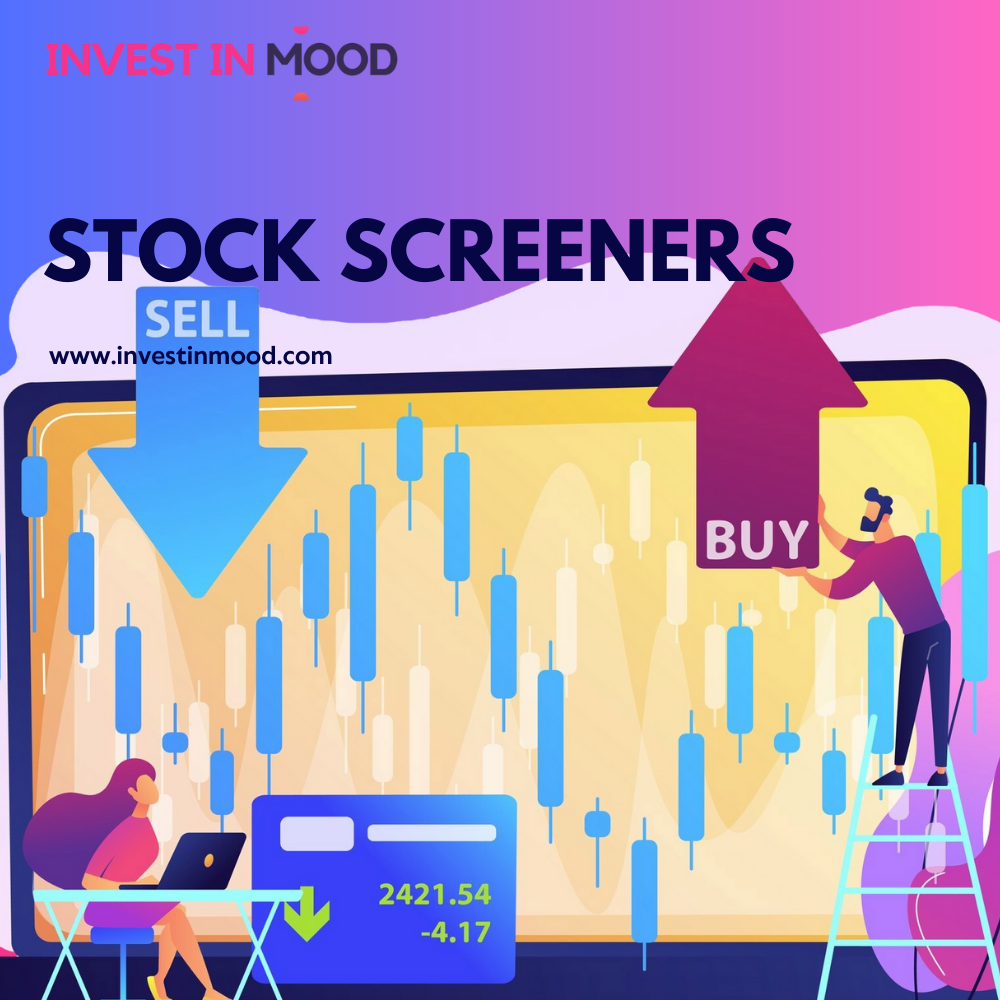Part of the Series: Trading Strategies & Tools
In the world of investing, identifying the right stocks to invest in can be overwhelming, especially with thousands of publicly traded companies on the market. One essential tool that helps investors streamline this process is the Stock Screener. But what exactly is a Stock Screener, how does it work, and what are its key benefits? This guide covers everything from basic concepts to advanced tools, different types, and frequently asked questions.
Stock Screeners Aren’t a Substitute for Research Stock Screeners help narrow down options, but they don’t replace thorough research. Always combine screener results with in-depth analysis of company fundamentals and market trends.
KEY TAKEAWAYS
What is a Stock Screener
A Stock Screener is a digital tool or software platform that allows investors to sift through publicly listed stocks using specific financial metrics such as market capitalization, dividend yield, or the price-to-earnings (P/E) ratio. Its primary purpose is to help investors reduce the overwhelming universe of stocks to a curated list that aligns with their investment strategy.
Both beginners and experienced investors use Stock Screeners to analyze large datasets quickly and identify stocks that fit their financial goals. It saves significant time and increases the precision of stock selection.
Stay Data-Driven, Not Emotion-Driven Using Stock Screeners helped me focus on data, not emotions. It keeps me on track with my investment strategy and prevents reactionary decisions based on market noise.
How Does a Stock Screener Work
A Stock Screener works by applying user-defined filters to a database of publicly traded companies. The criteria can be customized around financial ratios, company fundamentals, or technical signals. Here’s how it typically works:
- Set Criteria: Users define their preferred parameters, such as low P/E ratios, high return on equity (ROE), or strong earnings growth.
- Data Filtering: The screener processes and filters through stock data to match the defined criteria.
- Results Output: It generates a refined list of stocks that meet the investment parameters.
- Analysis: Investors then conduct further due diligence, reviewing earnings reports, financial statements, and technical charts.
For instance, you might use a screener to find companies with a low debt-to-equity ratio, high dividend payout, and consistent quarterly earnings growth.
Customize Filters for Better Results Tailor your Stock Screener filters to your strategy. To target growth stocks, focus on strong earnings growth and lower P/E ratios, helping streamline your search and improve accuracy. This saves time and gives you more precise results.
Types of Stock Screeners
Stock Screeners vary depending on the type of data they focus on. Here are the primary categories:
1. Fundamental Stock Screeners
These tools emphasize evaluating a company’s financial strength and core business fundamentals. Key metrics include:
- Price-to-Earnings (P/E) Ratio
- Earnings Per Share (EPS)
- Dividend Yield
- Debt-to-Equity Ratio
- Return on Equity (ROE)
Used by long-term investors to find undervalued or fundamentally strong stocks.
2. Technical Stock Screeners
These emphasize market data and price patterns rather than business fundamentals. Common indicators include:
Often preferred by short-term traders and technical analysts.
3. Hybrid Stock Screeners
These combine both fundamental and technical filters. Ideal for investors seeking well-rounded candidates with both solid financials and favorable market momentum.
4. Customizable Stock Screeners
Advanced platforms allow users to build fully custom screens using personalized criteria like specific ratios, performance benchmarks, or sector constraints. Offers maximum flexibility and precision.
Stock Screeners Process Thousands of Stocks Instantly In seconds, Stock Screeners can narrow down thousands of stocks to a manageable list based on your criteria, saving you valuable time.
Benefits of Using a Stock Screener
Stock Screeners provide multiple advantages, especially for goal-oriented investors:
- Time Efficiency: Quickly eliminates irrelevant options, allowing you to focus on stocks that meet your exact specifications.
- Data-Driven Decision Making: Promotes rational investment choices based on real metrics instead of emotion or media hype.
- Filter Customization: They are versatile enough to suit various investment approaches, from aggressive growth strategies to conservative income plans.
- Reduced Emotional Bias: Objective criteria help avoid impulsive decisions often driven by fear or greed.
- Improved Risk Management: Enables filtering based on volatility, debt levels, or sector exposure to match your risk tolerance.
Finding a Hidden Gem I used a Stock Screener to find an undervalued industrial stock with solid dividends. After research, I invested, and the stock appreciated over time, showing the power of screeners in spotting opportunities.
Pros and Cons of Stock Screeners
| Pros | Cons |
|---|---|
| ✔ Efficiently filters thousands of stocks. | ✘ May exclude high-potential stocks that don’t meet strict criteria. |
| ✔ Customizable based on personal investment strategies. | ✘ Using them effectively demands a strong grasp of financial analysis. |
| ✔ Simplifies the stock selection process. | ✘ Doesn’t factor in qualitative factors like management quality or market trends. |
| ✔ Encourages objective, data-driven decisions. | ✘ Their reliability depends heavily on the quality and completeness of publicly available data. |
Advanced Uses of Stock Screeners
For seasoned investors, Stock Screeners offer even more sophisticated features:
- Backtesting Strategies: Simulate how a strategy would have performed historically.
- Real-Time Market Data: Enables prompt action on new market opportunities.
- Custom Alerts: Get notified when a stock meets your custom filters.
- Integrated Technical Tools: Some screeners incorporate charts and signals for deeper technical analysis.
Don’t Rely Only on Quantitative Filters Additionally, purely quantitative screens may miss important qualitative aspects, such as the strength of management teams. Always back screener results with additional research to make informed decisions.
Conclusion
Stock Screeners are essential for modern investors looking to streamline their research and make informed decisions. Whether you’re analyzing fundamentals, tracking technical indicators, or combining both, these tools can help you efficiently manage your portfolio. With proper filters and financial knowledge, a Stock Screener can become a cornerstone of your investment strategy, saving time, reducing risk, and enhancing performance.
